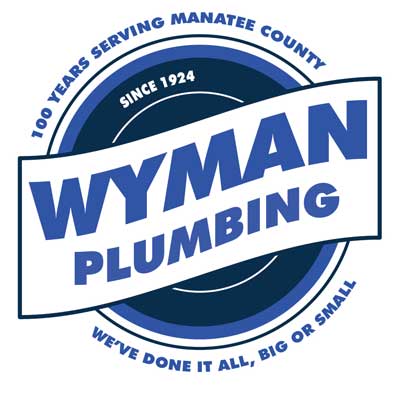Dealing with low water pressure can be frustrating, whether it’s a weak shower stream or a slow-filling sink. There are a number of reasons why your home may experience low water pressure, but the good news is that many of these issues can be prevented with regular maintenance and a few proactive measures. Learn about some of the common causes of low water pressure and how you can avoid these problems to keep your water flowing smoothly.

Common Causes of Low Water Pressure
- Clogged Pipes
Over time, mineral deposits, dirt, and debris can build up inside your pipes, restricting water flow and leading to low water pressure. This is especially common in areas with hard water. - Leaks in Your Plumbing System
Even a small leak can affect your water pressure. Water escaping through cracks or faulty joints can result in a noticeable decrease in pressure throughout your home. - Faulty Pressure Regulator
Homes that have a water pressure regulator installed may experience low pressure if the device malfunctions. The regulator is designed to keep water pressure at a safe level, but it can fail, causing the pressure to either drop or spike. - Corroded Pipes
Older homes with galvanized steel or iron pipes are prone to corrosion, which can narrow the pipes and restrict water flow, causing a drop in pressure. - Municipal Water Supply Issues
Sometimes, the issue isn’t inside your home. Low water pressure can result from a problem with the municipal water supply, such as scheduled maintenance or a broken water main in your neighborhood.
How to Prevent Low Water Pressure
Here are some practical steps you can take to prevent low water pressure issues in your home:
1. Clean Your Faucets and Showerheads Regularly
Over time, mineral deposits can clog your faucets and showerheads, restricting water flow. Cleaning them regularly will help maintain optimal pressure.
- How to Clean: Unscrew the faucet aerator or showerhead and soak it in a vinegar solution for a few hours. This will dissolve mineral buildup, improving water flow.
- Replace Old Fixtures: If cleaning doesn’t work, consider replacing old or worn-out fixtures with new, more efficient models; shop our store.
2. Check for Leaks Regularly
Leaky pipes or faucets can lead to low water pressure, as well as increased water bills. Inspect your plumbing system regularly to catch any leaks early.
- Signs of a Leak: Water spots on ceilings or walls, mold or mildew, or the sound of dripping water when no faucets are in use. If you notice a drop in pressure, check all exposed pipes for moisture.
- Quick Fix: For small leaks, you can temporarily patch them with a plumber’s tape or sealant until a professional can repair them.
3. Install a Water Softener
If your home has hard water, (many do here in the Bradenton area) installing a water softener can help prevent mineral deposits from building up inside your pipes. This will help maintain a steady water flow and prevent blockages.
- Benefits: A water softener can extend the life of your plumbing system and appliances, reducing the need for repairs and improving water pressure in the long run.
4. Upgrade Old Plumbing
If your home has older pipes made from galvanized steel or iron, they are likely corroding and restricting water flow. Upgrading to modern materials like PEX can significantly improve water pressure.
- When to Upgrade: If your home is older than 40 years and experiencing frequent plumbing issues, consider a partial or complete pipe replacement.
5. Maintain Your Pressure Regulator
A faulty pressure regulator can cause either low or high water pressure. Regular maintenance and inspection of your pressure regulator can ensure it’s working properly and maintaining consistent pressure.
- Check Pressure Levels: Use a pressure gauge to monitor your water pressure. If it’s consistently below the recommended range of 40-60 psi, you may need to adjust or replace the regulator.
6. Avoid Running Multiple Water Fixtures at Once
Running multiple fixtures (like showers, dishwashers, and washing machines) simultaneously can cause a temporary drop in water pressure. Try staggering their usage to maintain optimal pressure throughout the house.
- Timing Is Key: If you need to use multiple fixtures, try to do so during off-peak times when demand on the municipal water supply is lower.
7. Schedule Annual Plumbing Inspections
Regular inspections by a licensed plumber can catch potential issues before they become bigger problems. A professional can assess your system for leaks, blockages, and corrosion, and recommend repairs or upgrades.
- What to Expect: During an inspection, your plumber will check the water pressure, inspect pipes for signs of wear or leaks, and clean out any blockages.
8. Install a Pressure Booster
If your home is located at the end of a municipal supply line, you may experience consistently low water pressure. In these cases, installing a pressure booster can improve your home’s water flow.
- How It Works: A pressure booster increases the pressure of the water as it enters your home, ensuring a steady and strong flow even in low-pressure areas.
Low water pressure is a common issue, but it doesn’t have to be a permanent one. If you’re already experiencing low water pressure or want to prevent future issues, contact us today to schedule a plumbing inspection. Our team of experts is here to help keep your water system running smoothly!
